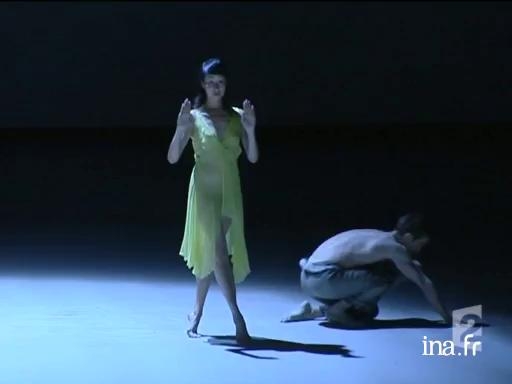The Afternoon of a Faun at the Montpellier Dance Festival

Information
Report at the Montpellier Dance Festival, where Flemish choreographer Anne Teresa De Keersmaeker sets off to work on Debussy's play The Afternoon of a Faun. She explains how she approached this choreography, which was very much influenced by Nijinski's interpretation of it at the beginning of the XXth century.
Context
The choreographer and dancer Anne Terese de Keersmaeker was born in 1960 in Belgium. Trained from 1978 to 1980 at Mudra, a school founded by Maurice Béjart in Brussels, then at the Tisch School of the Arts in New York, she created her first choreography,Asch, in 1980. In 1982 her duoFase, a major piece, began the renewal of contemporary 1980s Flemish music and dance. From there, she worked on the intimate relationship between dance and music, that she treated as a completely separate form, whether it be classic (Monteverdi inOttone,Ottonein 1989, Bach in Zeitung in2008), rock (The Velvet Underground inErtsin 1992), minimalist (Steve Reich) or contemporary (Thierry De Mey), in shows that ceaselessly brought together structure and emotion.
International success was achieved in 1983 withRosas danst Rosas, where she got the name for the Rosas company created the same year and that was in residence at the Théâtre Royale de la Monnaie in Brussels from 1992 to 2007. De Keersmaeker won the prestigious American Bessie Award twice, once in 1999 for her lifetime work and the other at the Japan Dance Award in 1989 forMikrokosmos.






















